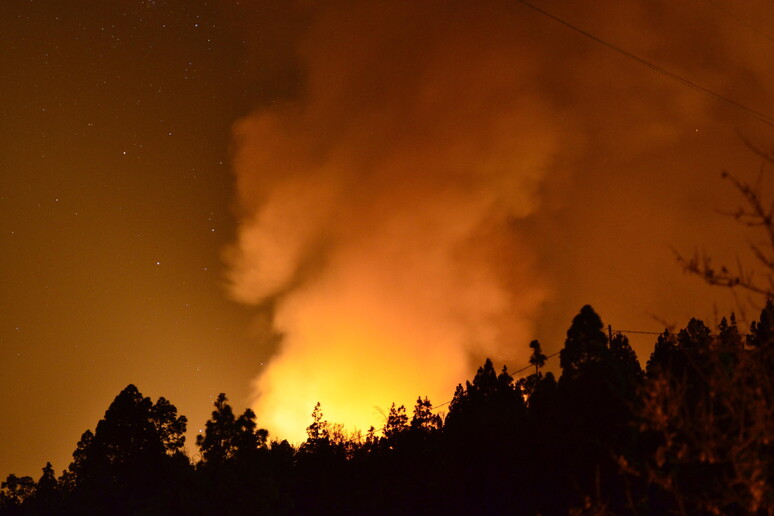The largest wildfire recorded so far in the USA in 2025 has developed in Oregon, and has already consumed over 95,000 acres of land, forcing authorities to mobilize more than 900 firefighters and order evacuations in several areas of Jefferson and Wasco counties. This is the Cram Fire, a massive blaze that, despite containment progress estimated at 49%, could still grow to exceed 100.000 acres, which would make it the first mega wildfire of the year.
According to officials from the state, the affected area has been slightly reduced compared to initial estimates, thanks to more accurate mapping. However, the situation remains critical. Winds, high temperatures, and drought have fueled the fire’s expansion, which has already destroyed four homes and other structures.
Scott Stutzman, operations manager at the Oregon State Fire Marshal, stated that the particularly favorable weather conditions in recent days have allowed teams to carry out effective work. Operators are still maintaining a presence in the area and collaborating with forestry partners along the perimeter to prevent new outbreaks.
The potential for danger is still far from over. As Stanton Florea, spokesperson for the National Interagency Fire Center explained, a fire exceeding 100,000 acres falls into the category of “mega fires”—phenomena that were rare until a few years ago but are now increasingly frequent. Even in 2024, six fires in the country reached this level. Florea emphasized that longer fire seasons, increasing intensity, and prolonged durations are now a constant, with worries growing over a permanent “year of fire,” with no real end to the emergency.
According to the center’s data, 40,934 fires have been recorded since the beginning of the year, the highest number in the last decade for this period. However, only a small percentage reach catastrophic sizes: less than 1% become true conflagrations, but these few cases represent the majority of the burned area.
Behind the increase in mega fires is an undeniable factor: climate change, which makes extreme conditions such as heat waves more frequent. These elements can transform a medium-sized outbreak into an uncontrollable event within hours.
The Pacific Northwest, Florea explained, is currently the national highest priority area, with at least nine major active fires in Oregon alone. Available resources are therefore concentrated where the risk is highest, but this also involves difficult operational choices. Teams work exhausting shifts around the clock, even as the national fire fighting system is under heavy pressure.
Meanwhile, the State Fire Marshal’s Office, has announced that it will gradually modify its response as containment improves, although the emergency remains unchanged.












